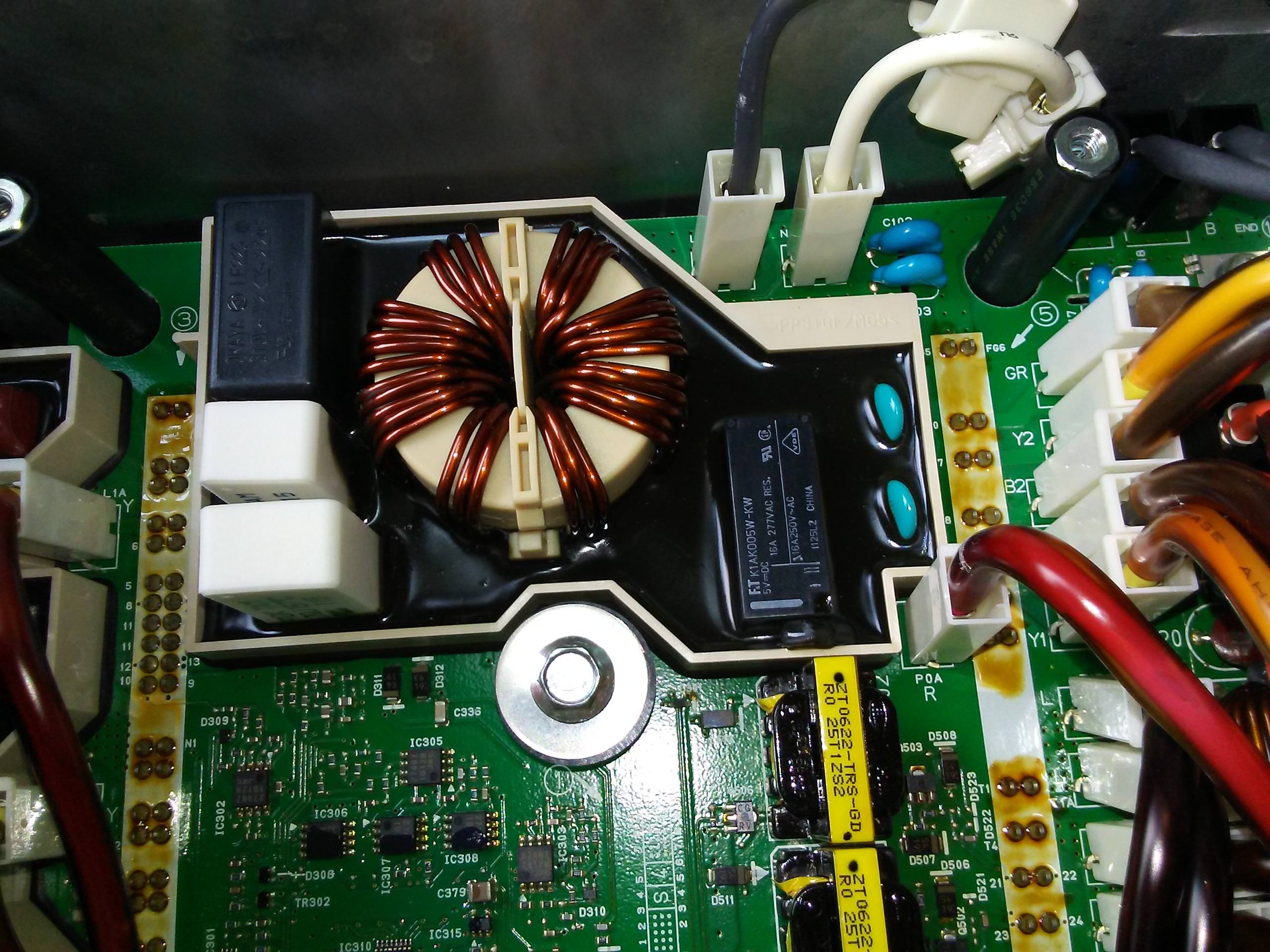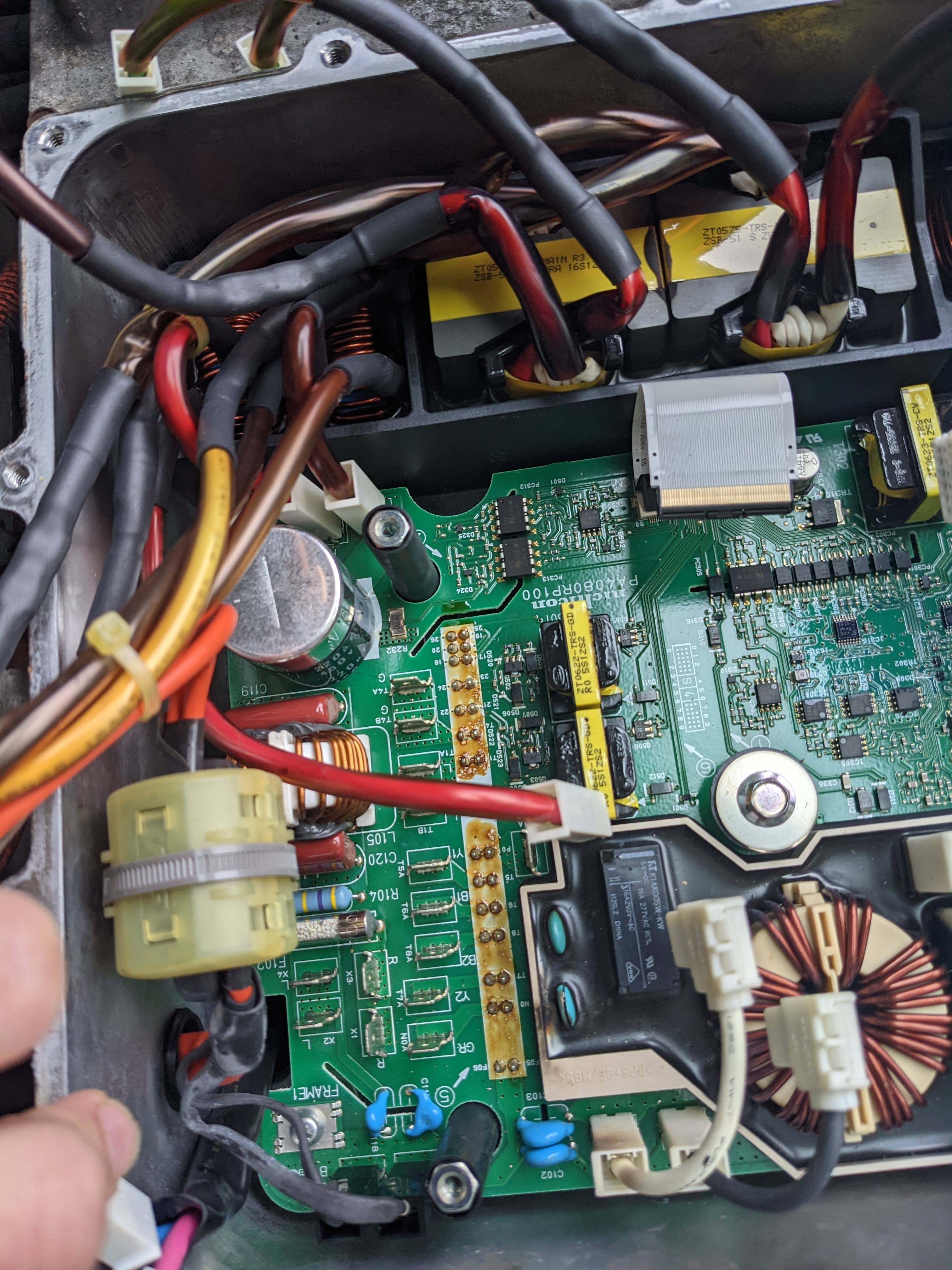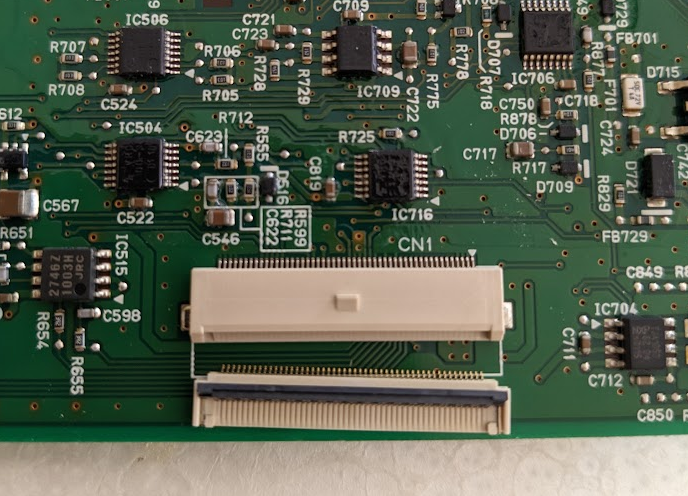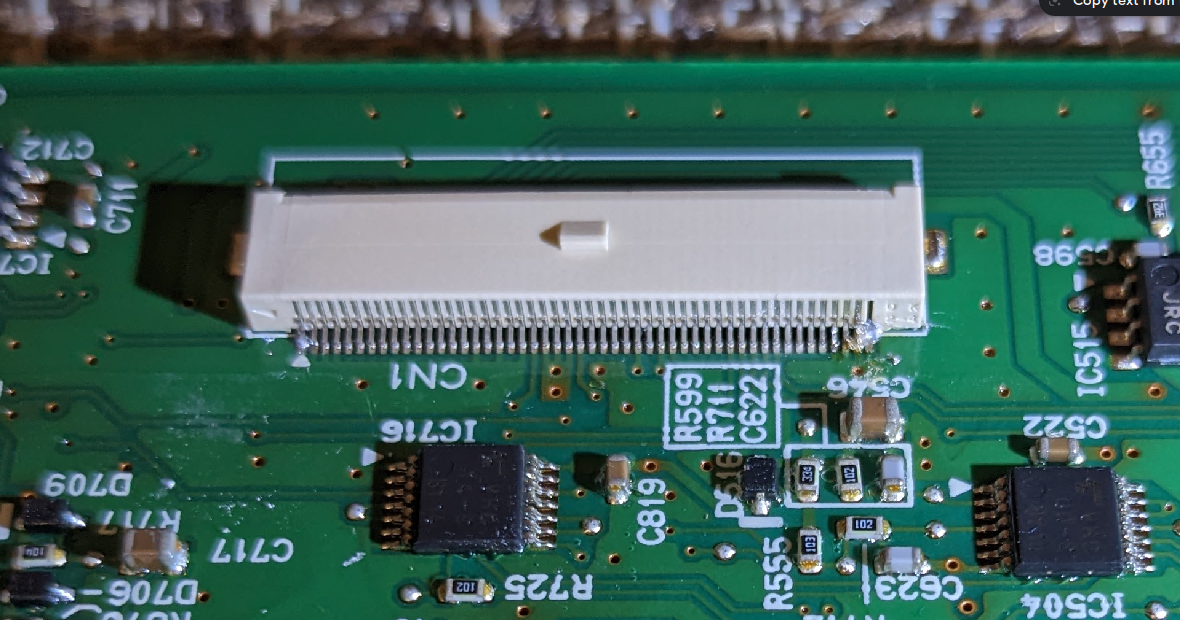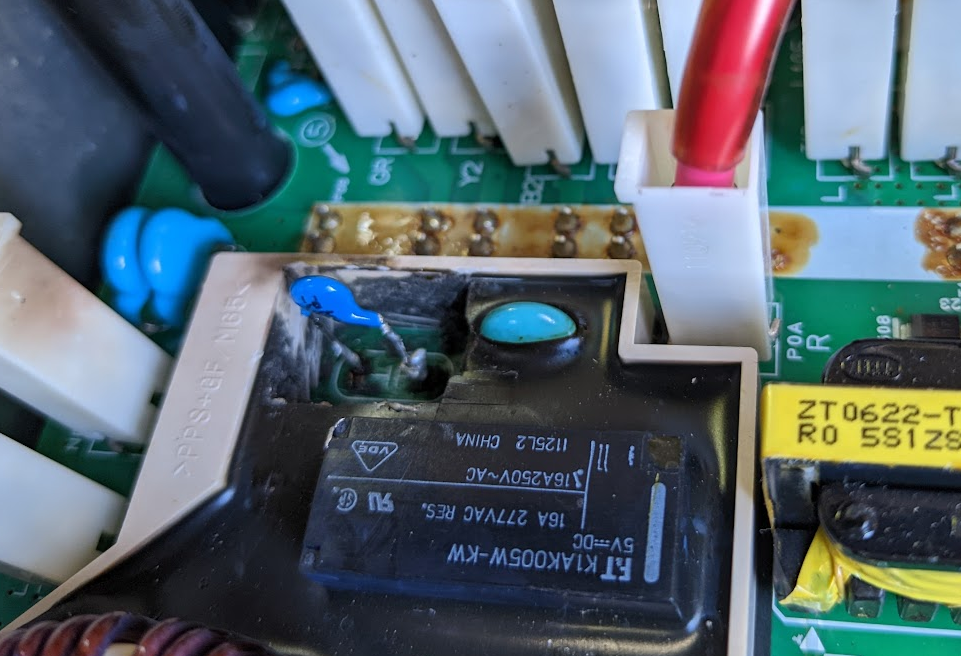The P1A12 DTC indicates an abnormal stop occurred during charging, but there could be numerous causes and it doesn't point to any specific circuit.
The MUT tool is required to read the specific OBC fault code (listed on page 1) that identifies the problem area and triggered the DTC.
Unfortunately the OBC is too smart to allow bench testing by simply connecting AC to the leads. Some sort of simulator would be needed to provide all the control signals necessary to set the current level and start the charging, plus a HV battery would be needed on the output side as a load. Let me know if you figure out a way to do this, i need it too.
The MUT tool is required to read the specific OBC fault code (listed on page 1) that identifies the problem area and triggered the DTC.
Unfortunately the OBC is too smart to allow bench testing by simply connecting AC to the leads. Some sort of simulator would be needed to provide all the control signals necessary to set the current level and start the charging, plus a HV battery would be needed on the output side as a load. Let me know if you figure out a way to do this, i need it too.


































